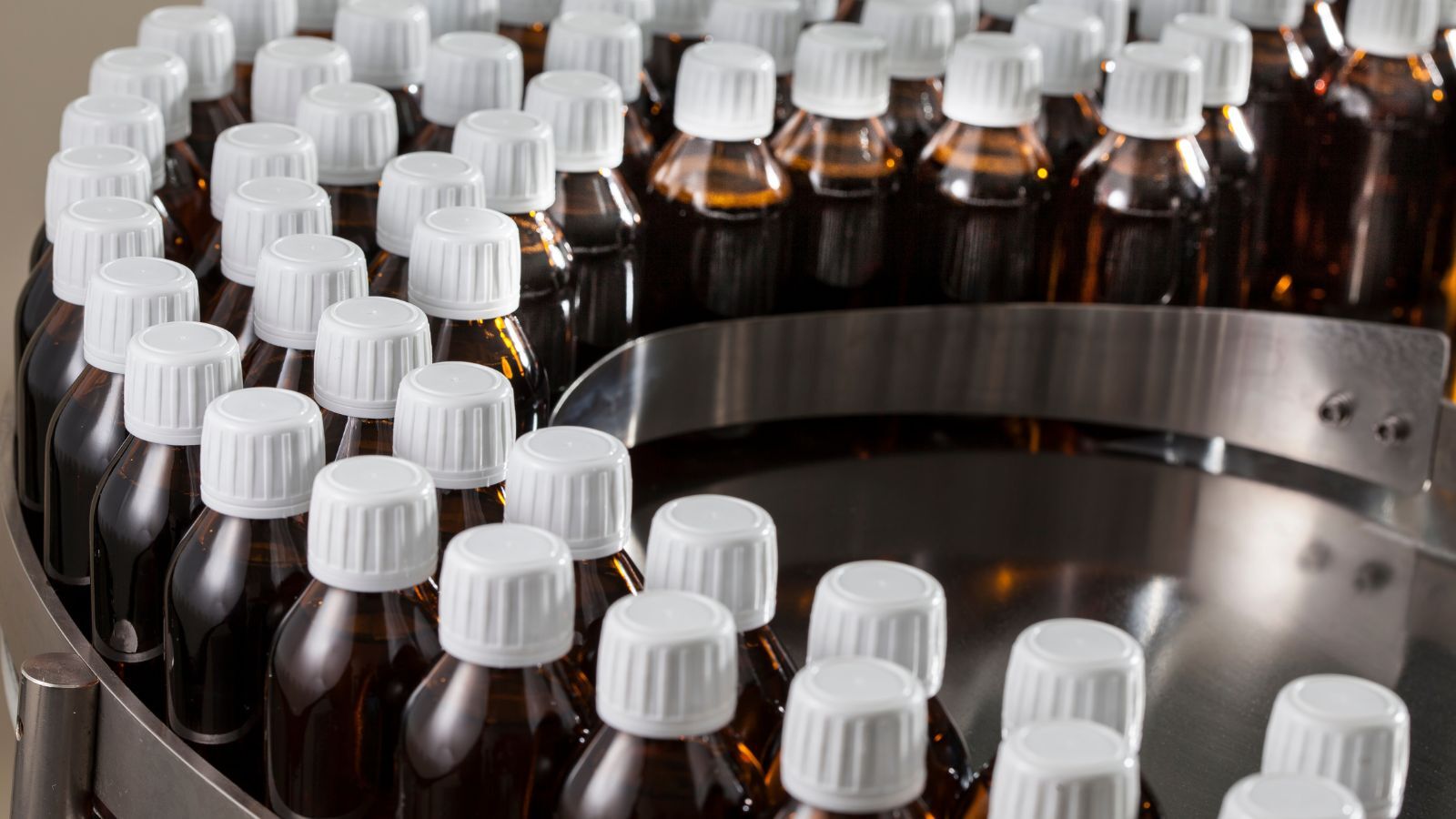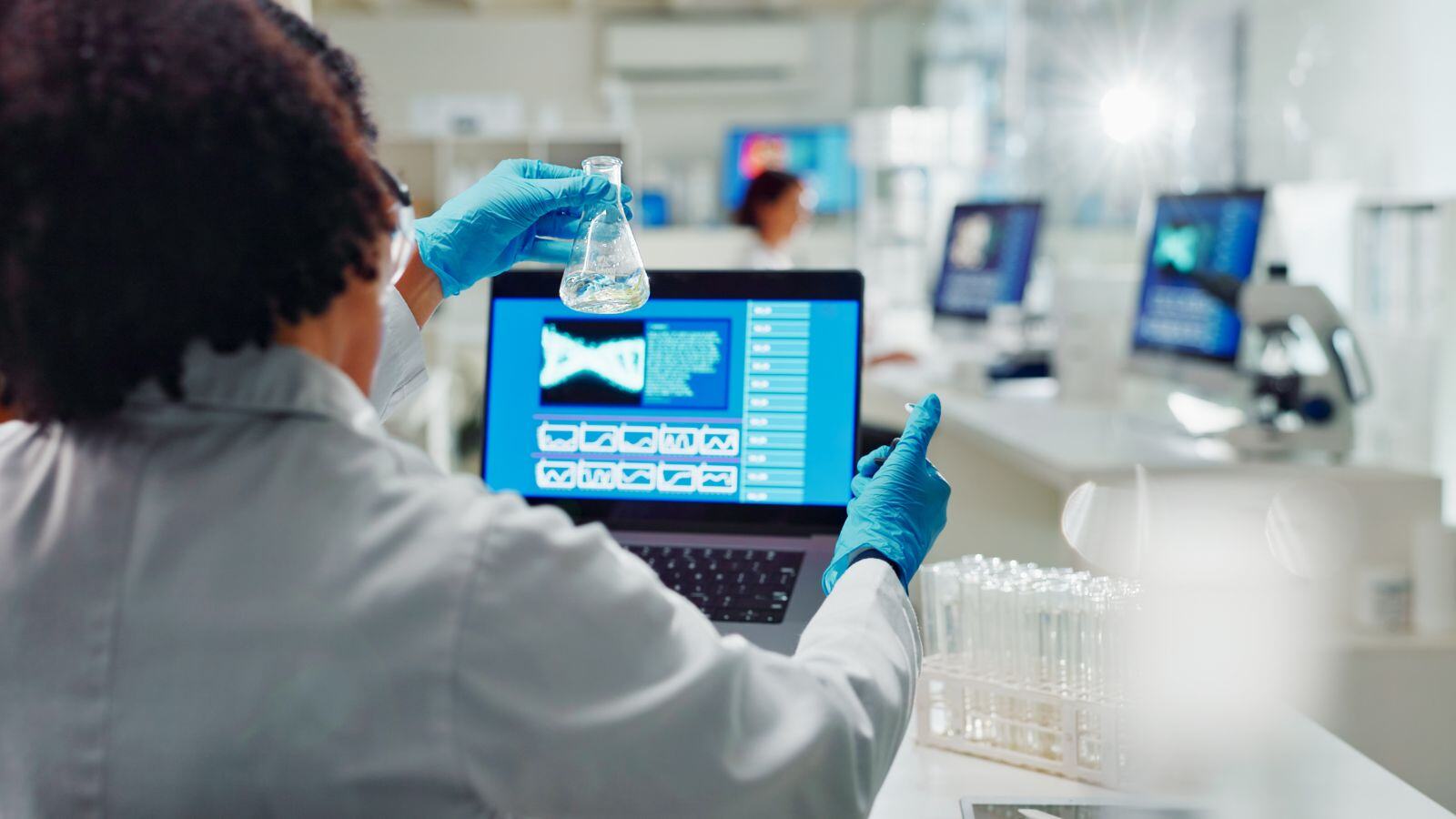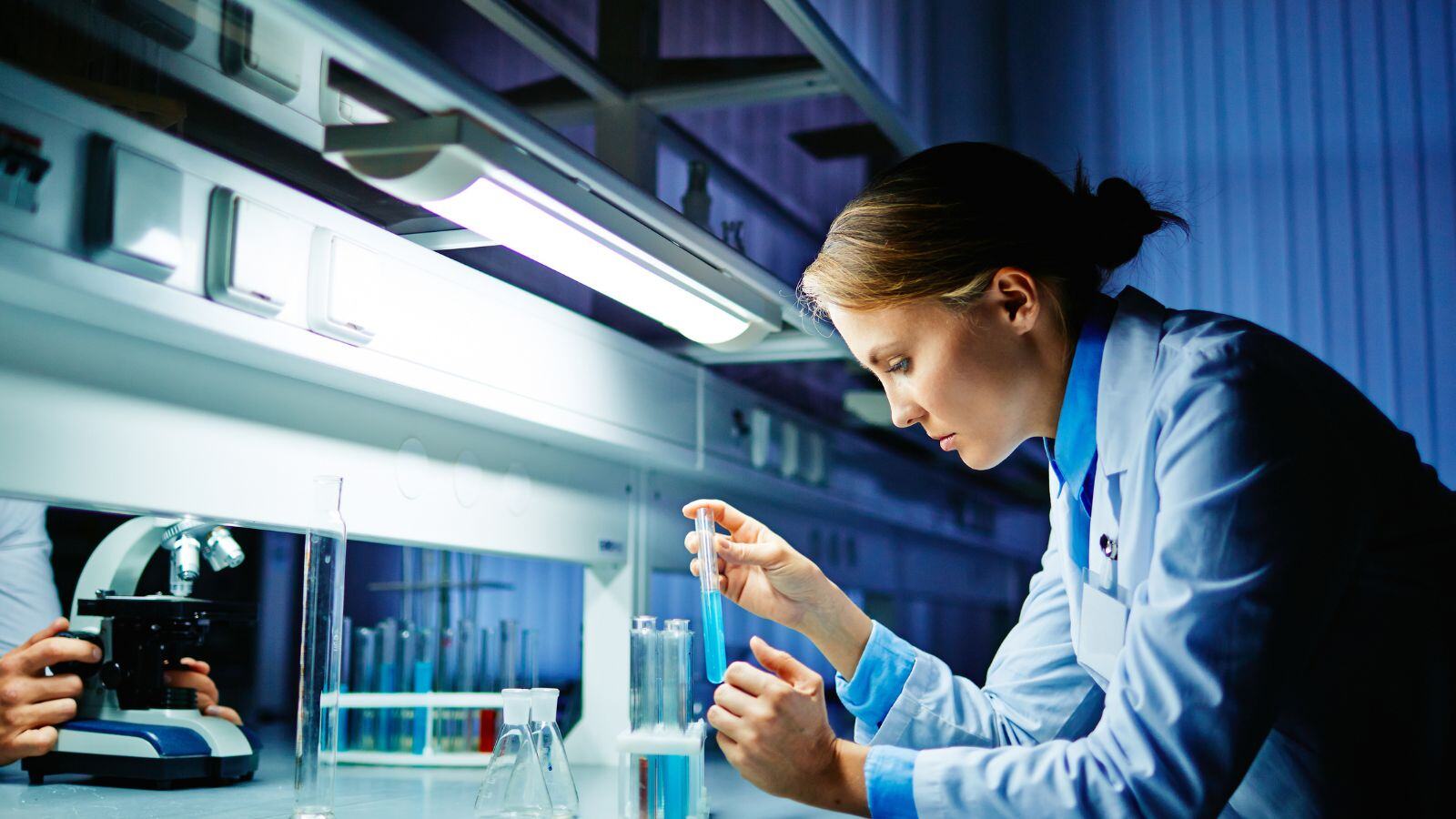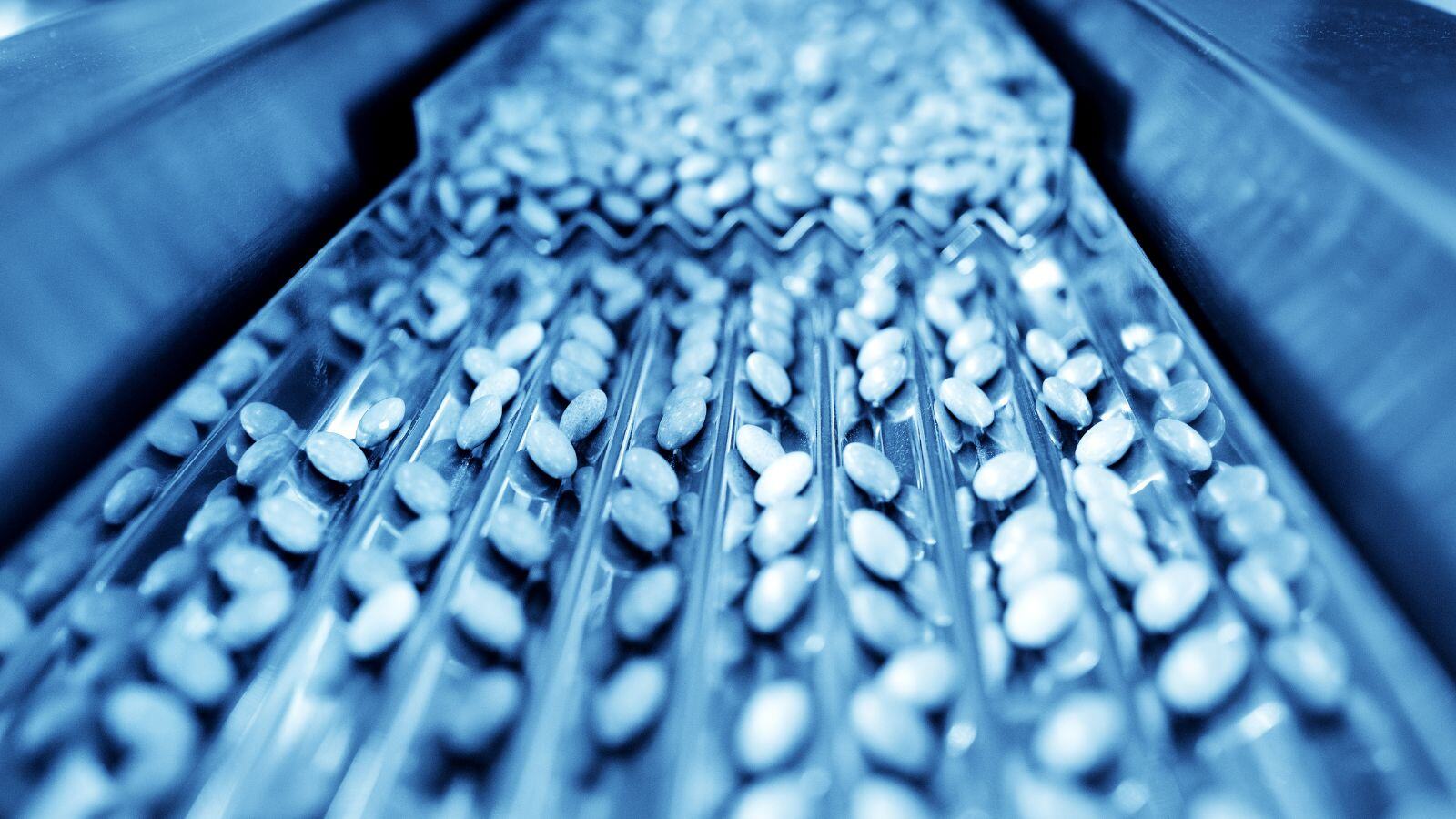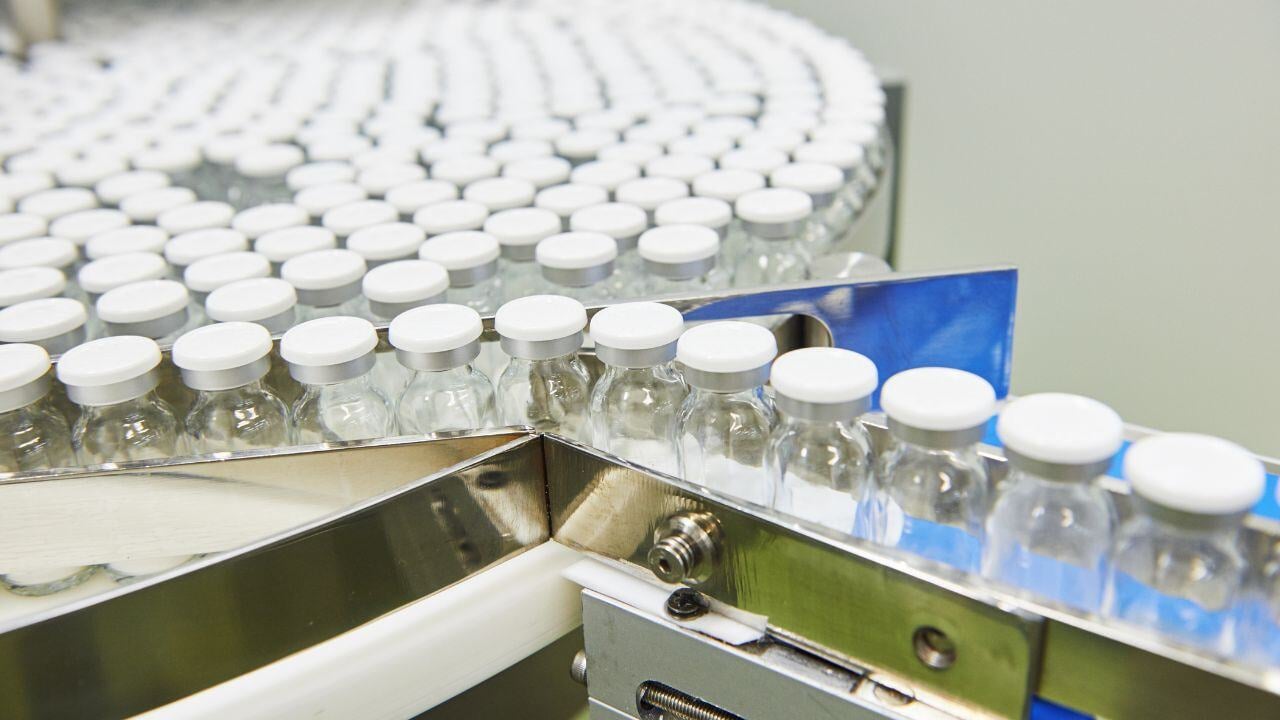Although no single best practice, standard, or guideline has been specifically enforced, competent authorities, such as the FDA, are increasingly interested in the quality of process gases that come into direct or indirect contact with pharmaceutical products. For this reason, it is becoming increasingly important for biotechnological pharmaceutical processes and ATMP sites.
However, the qualification of gas distribution networks is often forgotten in addition to the qualification of the process gas itself, or the distribution network is only considered late in the development process of a pharmaceutical product, even in biotechnology processes.
In this blog we highlight the importance of a qualified gas and distribution network, even at an early stage of development.
Quality of the process gases
Medical process gases for pharmaceutical use are considered to be a critical component if they come into direct contact with the product or if they directly enter clean environments, as control of the environment in which pharmaceutical products are manufactured is a key element of GMP. These process gases must be in compliance with the applicable pharmacopeia.
Compressed process gases such as nitrogen, air, and carbon dioxide are routinely used in cleanrooms and are often used for overlaying or purging. We have reviewed and determined which guidelines, standards and regulations are relevant and should be applied to meet the requirements to ensure good process gas quality.
Why qualify your gas distribution network?
Although there is a lack of specific guidance and requirements from competent authorities, references can be found scattered throughout the existing documents. Our analysis shows that the following documents contain important requirements for compliance:
ICH Q7 “Good manufacturing practice for active pharmaceutical ingredients”
According to the ICH Q7, all utilities that may affect the quality of the product must be qualified and properly monitored, and action must be taken when limits are exceeded. Drawings of these utilities must be available.
ISO-14644 “Cleanrooms and associated controlled environments”, EMA & FDA
The FDA typically expects a risk assessment to be provided with purity limits derived from ISO-14644, the cleanroom classification standard. The process gas must have a purity that is “equal to or better than that of the air in the environment into which the gas is introduced.”
In addition, both the EMA and the FDA point out the importance of the specified level of air purity in the “at rest” state of the cleanroom. The “at rest state” is the condition in which the facility is installed and operating, complete with production equipment but without operating personnel. This condition applies to the sampling of distribution networks of medical process gases for the purpose of analyzing the maximum permissible number of airborne particulate matter (CFU/m³).
ISO-8573 “Medical Gas Pipeline Systems”
In addition to the regulations and guidelines listed above, additional information may come from ISO-8573, the compressed air standard. The ISO-8573 classes are not identical to the ISO-14644 classes. If you choose to use the ISO-8573 concentration limit table for your CG classification, make sure the correct particle size is considered, in accordance with your ISO-14644 class limits.
Typically, in an aseptic filling environment, the ISO-8573 table will not apply. You will need to determine your own specification according to FDA/EMA and ISO guidelines. As mentioned earlier, in pharmaceutical manufacturing environments, the cleanroom user must ensure that the purity of the compressed gas meets or exceeds the same cleanroom grade limits.
Parameters to take into account for gas distribution networks
Recently, there is a new ISO standard corresponding to the first three columns of the GPS matrix (geometrical product specification matrix, see ISO 14638):
- Indication of the texture of the profile surface on drawings
- Terms, definitions and surface texture parameters
- Specification operators
The new profile standard is named ISO 21920 and consists of three parts:
- Part 1 of this new profile standard will mainly include ISO 1302 with some additions from ISO 1101 and other specification documents.
- Part 2 will include all parameters from existing profile standards and add new parameters, either old parameters that have expired or parameters that have been adapted to ISO 25178.
- Part 3 will give standard specification values that can be omitted from a drawing.
In high-pressure gas distribution networks, it is very difficult to completely eliminate leaks. Typically, design efforts are made to minimize leaks. Post-construction pressure testing and an ongoing leak detection program can be used to minimize these potentially expensive losses from a process gas system.
System controllers, such as pressure/flow controllers, can improve the performance of systems. Their primary function is to stabilize system pressure independently of and more accurately than compressor control. In addition, flow controllers can provide an early indication when gas consumption will exceed the pressure setting.
The requirements and associated validation tests are determined by:
- the components used in the gas distribution network (welding’s or connections)
- the type of process gas
- the criticality of the process gas (direct/indirect product contact)
In addition to leaks and flows, it may also be necessary to test the moisture and oil content of the gas network. If the gas is supplied via gas cylinder bottles through a gas panel, the operation of the gas panel will also need to be verified.
Process gas purity is best measured at the point of end-users or at worst case endpoints. For distribution networks of critical process gases, it is a requirement to also conduct counts of non-viable particles and of viable particles.
Critical gas distribution networks: essential part of your EM Program
As mentioned earlier, competent authorities are increasingly interested in the quality of gas distribution networks of critical process gases. They require only that the purity of the gas be equal to or better than that of the air in the environment into which the gas is introduced, referring to the methods of environmental control and monitoring.
It is therefore a logical requirement that the quality of the critical process gases at the ends of the gas distribution networks are checked periodically. Therefore, it is strongly recommended that the critical gas distribution networks be included in the routine sampling plan of the environmental monitoring program.
Additional challenges
Sampling for Performance Qualification (PQ) and routine environmental monitoring of gas networks can be particularly challenging at very low-pressure setpoints, for example, because the equipment is connected using flexibles, or quite the opposite, at very high-pressure setpoints.
Equipment currently on the market for counting non-viable particles and sampling viable growth is not designed to be connected to gas networks, but to analyze 1m³ taken from the air in cleanrooms. In some cases, sampling 1m³ for each sample can also be challenging due to the small dimness of the gas network.
Conclusion
We strongly recommend paying attention to the distribution networks of process gases already at an early stage of the development phase, as the design of these networks is the most important prerequisite for ensuring good process gas quality at users’ endpoints.
Remember that in addition to the commonly known requirements for distribution networks of critical process gases, there are other requirements such as high-quality stainless steel material and very low internal surface roughness. These process gas networks must also comply with cleanroom classification requirements.
QbD Group has a deep understanding of gas distribution networks and provides a scientific and risk-based basis for the planning, construction, commissioning and qualification of gas systems used to support the production of a safe, high-quality product.
We are able to manage the entire process of preparing the specifications, conducting the impact assessment, assisting in the design and construction, and performing the commissioning and qualification of a process gas network in accordance with the requirements of the FDA or any other competent authority, such as the EMA.







.png?width=109&height=108&name=Pharma%20(2).png)
.png?width=111&height=108&name=Medical%20Devices%20(2).png)
.png?width=84&height=107&name=IVD%20(2).png)




